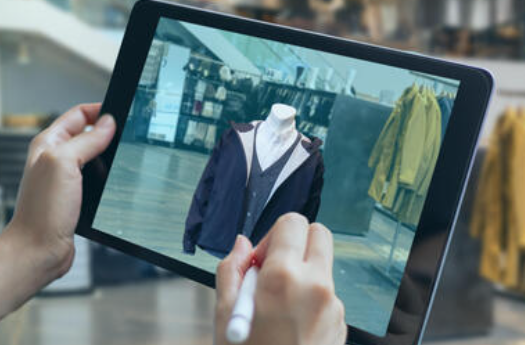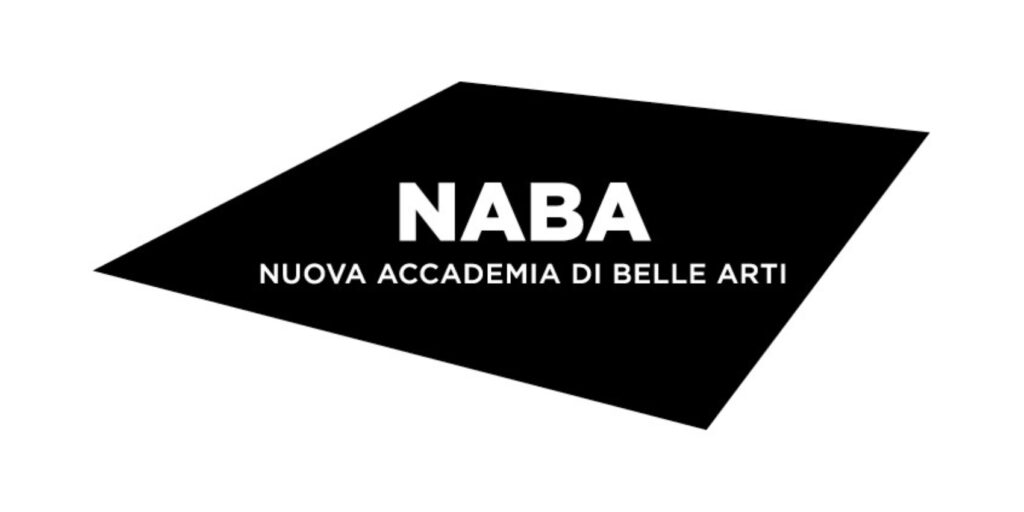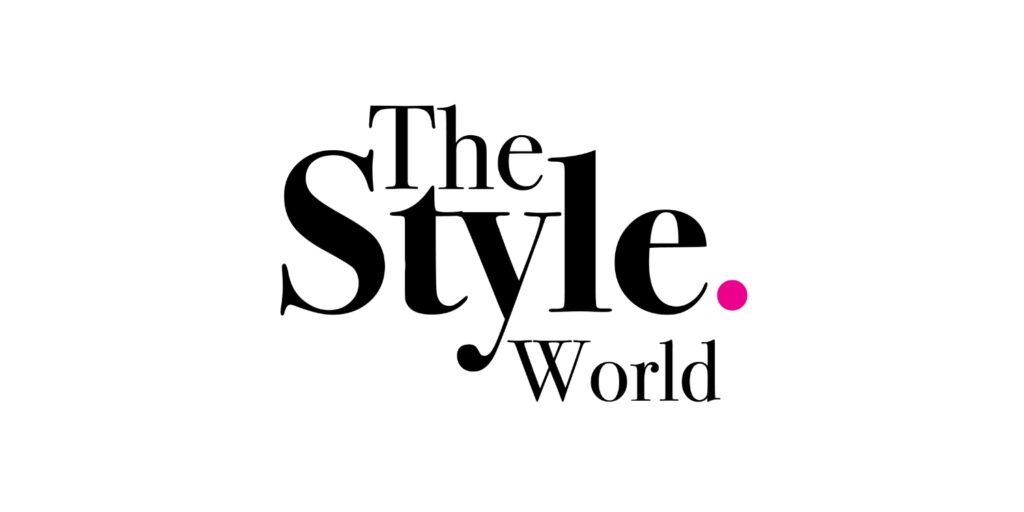5 Amazing AI-Powered Fashion Designing Tools

It has long been known that the fashion industry is one that is constantly evolving. Over the past few years, it has been using artificial intelligence more and more. Now that AI tools are more widely available, fashion companies can analyse big data and make better marketing and design decisions.
Introduction
The fashion industry continues to integrate artificial intelligence into its products as we move forward into the future. The purpose of this article is to explore five artificial intelligence tools that are revolutionising the way the industry works. No matter what your role is in the fashion industry, whether you are a fashion designer or retailer, these tools are sure to provide you with valuable insights. They will also enhance your experience in the fashion industry.
The following are 5 amazing AI-powered fashion design tools.
- The Fabricant
The Fabricant is a revolutionary fashion design tool that uses artificial intelligence to push the boundaries of creativity and innovation in the fashion industry. With The Fabricant, designers can create unique and visually stunning virtual fashion designs using generative adversarial networks (GANs). Designers can explore new possibilities without having to deal with prototypes or physical materials.
Designers can experiment with different combinations and styles using AI algorithms in The Fabricant. Virtual designs can be rendered in high resolution, allowing a lifelike representation of the clothes. In the physical world, this technology lets designers explore avant-garde concepts, intricate patterns, and unconventional materials.
- StyleSage
StyleSage revolutionises the fashion industry with AI-driven analytics. With this powerful platform, you can gather and analyse data from social media, e-commerce, and fashion publications. In real time, StyleSage can identify emerging trends, consumer preferences, and competitive insights using advanced AI algorithms.
With StyleSage, fashion brands and designers can make data-driven decisions during the design process. It forecasts trends, identifies popular styles, and recommends how to optimise designs. Designers can stay ahead of their competition by utilising accurate and up-to-date insights to create collections that resonate with consumers.
- Techpacker
The Techpacker app streamlines the fashion design and production process. By using this tool, you can create tech packs, which ensure accurate garment production by simplifying technical specifications and manufacturing instructions. Techpacker converts design files into comprehensive tech packs using artificial intelligence algorithms, saving designers a ton of time.
Technology like Techpacker makes it easier for designers and manufacturers to communicate. Tech packs include detailed measurements, construction details, material requirements, and other critical info, which reduces errors during production.It improves collaboration and efficiency, which leads to faster turnaround times and better quality control.
- Vue.ai
The fashion retail experience can be enhanced with AI-powered solutions from Vue.ai. Vue.ai provides personalised product recommendations, visual search functionality, and personalised customer experiences using computer vision and machine learning algorithms. Designs and brands can customise marketing campaigns and cater to individual preferences using these capabilities.
Based on a customer’s browsing and purchasing habits, Vue.ai can recommend products personalised for them. By uploading images, customers can search for similar products and styles, enhancing their shopping experience. In order to increase customer engagement and loyalty, brands can analyse customer data and tailor their offerings accordingly.
- Optitex
With Optitex, designers can design, prototype, and visualise clothing with artificial intelligence. Optitex uses AI algorithms to simulate fabric behaviour, draping, and garment fit on virtual models. Using this technology, you don’t have to make physical prototypes, so you can cut costs and speed up the iteration.
Optitex lets designers create digital prototypes and make real-time adjustments to fit, silhouette, and fabric properties.With AI capabilities, designers can visualise the garments on virtual models, so they can see how they’ll look and move in real life. With this tool, designers can experiment with different design elements, assess the impact of changes instantly, and make better design choices.
Conclusion
It is evident from these AI-powered fashion designing tools that AI is making significant contributions to the fashion industry and is bringing about remarkable advancements. Whether it is designing virtual garments and forecasting trends or optimising production and enhancing the customer experience, digital garments have become a necessity. AI has revolutionised the fashion industry by creating virtual garments, accurately predicting trends and optimising production. Furthermore, AI has made it possible to enhance the customer experience by providing an interactive and personalised experience for each individual.
Read https://jdinstituteoffashiontechnology.com/will-ai-replace-fashion-designers/ or https://jdinstituteoffashiontechnology.com/fashion-forward-how-ai-is-revolutionising-the-industry/ for more information on the potential of AI to revolutionise the fashion industry in the near future.






